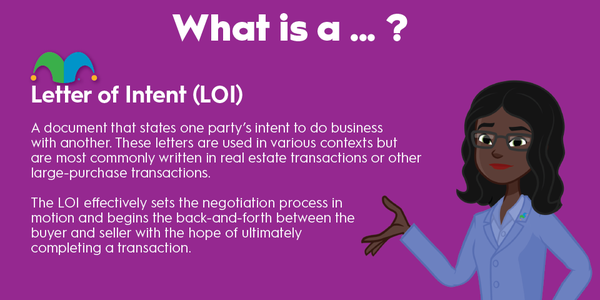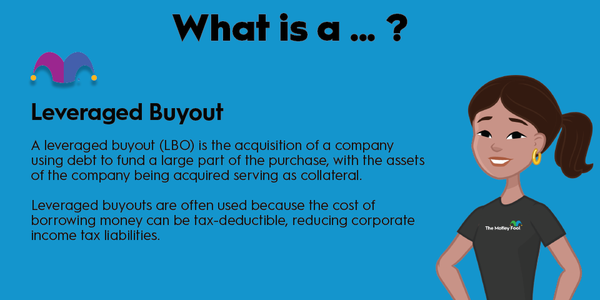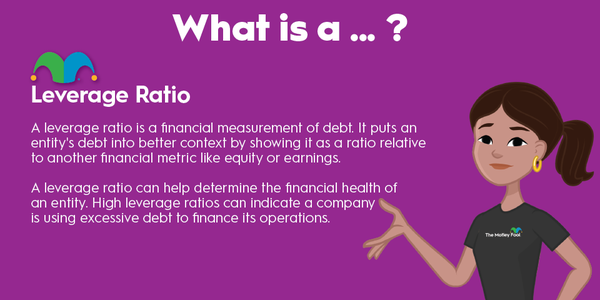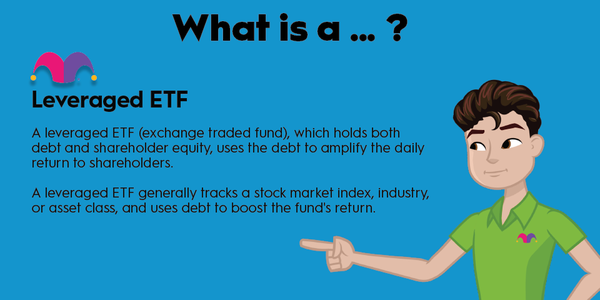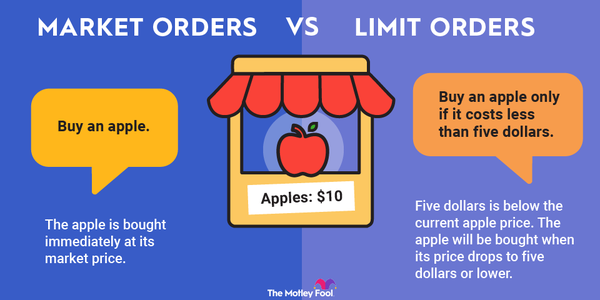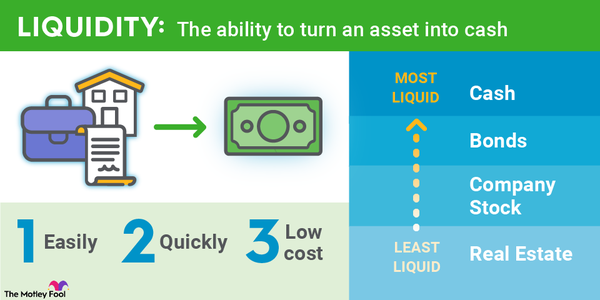The liquidity premium refers to the additional return investors demand for holding a relatively less liquid asset. It's a concept mainly used in the bond world because markets tend to contain more similar assets, meaning you can better isolate the liquidity factor when comparing two assets. Still, it's also applicable in equity and other asset classes.

What is the liquidity premium?
What is the liquidity premium?
Liquidity simply refers to the ease with which an investor can sell an asset quickly and at a "fair" price. Real estate is an example of an illiquid asset because it takes time to complete a sale. On the other hand, large-cap equity is an example of a highly liquid asset readily sold in the marketplace.
Still, it's important to note that comparing a real estate property with large-cap equity in terms of the liquidity premium doesn't make sense because they have vastly different qualities. A better comparison would be between two real estate properties on two islands.
Let's say Island A has many more people and an active property market, while Island B has far fewer people and sporadic buying and selling in the property market. In this case, an investor might buy property on Island A with a rental yield of 6%, while they might buy on Island B only with a yield of 8% to reflect the relative lack of liquidity in B's property market. The 2% difference reflects the liquidity premium investors demand for buying on Island B.
Why liquidity matters
Why liquidity matters
To continue the analogy, consider that a highly desirable property came up on Island C, and investors in Island A and Island B wanted to buy it and finance the purchase by selling their existing property. Property owners on Island A could buy it quicker because they operate in a more liquid market, while property owners on Island B might need to cut their prices dramatically to get a quick sale.
The liquidity premium also applies to equities. For example, consider two companies operating in similar industries but with substantial liquidity differences in their shares.
During the financial crisis of 2008-2009, many investors faced pressure to fund losses elsewhere and sought to sell stocks to do so. Investors in the less-liquid equities would have had to discount the price heavily to complete a sale. As such, investors were willing to pay a higher valuation for the more liquid asset than the less liquid asset, all things being equal.
Liquidity premium and the bond market
Liquidity premium and the bond market
The liquidity premium helps explain why investors demand a higher yield from bonds with longer maturities. Shorter-dated bonds are seen as less risky because they are less susceptible to changes in interest rates.
So, the yield curve (graphing time on the x-axis versus yield on the y-axis) tends to slope upwards; a longer maturity means a higher yield. The liquidity premium also helps explain why 30-year mortgage rates are higher than 15-year mortgage rates.
Related investing topics
Uses of the liquidity premium
Uses of the liquidity premium
Though the concept is sound, isolating the liquidity premium can be challenging. No two assets will be identical, and the pricing of assets is subject to many other factors. For example, the yield curve often inverts (short-dated government bonds trade on higher yields than long-dated bonds) because the market is convinced the Federal Reserve will cut rates in response to a recession in the near future.
In this case, the liquidity premium doesn't explain the difference in yields. Ultimately, the concept is just one of many that investors must use when pricing an asset and understanding relative valuations between similar assets.

